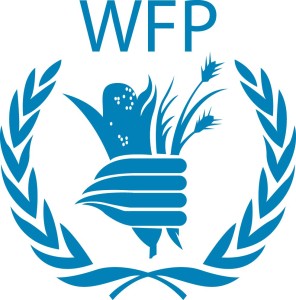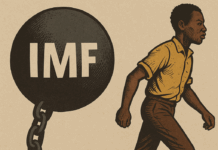Around 2.2 million Zimbabweans are expected to need food assistance before the harvest period in March, according to United Nations World Food Programme (WFP) estimates.
WFP Country Director Sory Oaune said: “Many districts, particularly in the south, harvested very little and people are already trying to stretch out their dwindling food stocks (..) WFP is working closely with the Government and partners to respond to the looming food crisis and will start food and cash distributions to the most vulnerable in October.”
The predicted levels of hunger, released by the UN-supported Zimbabwe Vulnerability Assessment Committee, would be the highest since early 2009, when more than half the population required food support.
To meet the increasing needs, WFP and its partners will provide cereals harvested in the region, as well as imported vegetable oil and pulses, the agency said in a news release. Cash transfers will also be used in selected areas to give people flexibility and help support local markets. Distributions will be gradually scaled up from October until harvest time in March next year.
Some of the factors that have contributed to the high levels of food insecurity include adverse weather conditions, the unavailability and high cost of agricultural supplies such as seeds and fertilizers, and projected high cereal prices due to the poor maize harvest. In rural markets for example, grain prices are 15 per cent higher than during the same period last year.
To help people deal with future droughts and other shocks, WFP has been implementing a Cash/Food for Assets programme in rural Zimbabwe since June. Under the programme, vulnerable communities receive food or cash while taking part in projects such as the construction of community irrigation systems and deep wells.
Zimbabwe’s government is also taking action to address this issue. Last year, it contributed some $10 million worth of grain towards a joint relief operation with WFP and its partners. The programme provided food assistance to some 1.4 million people in 37 rural districts.










